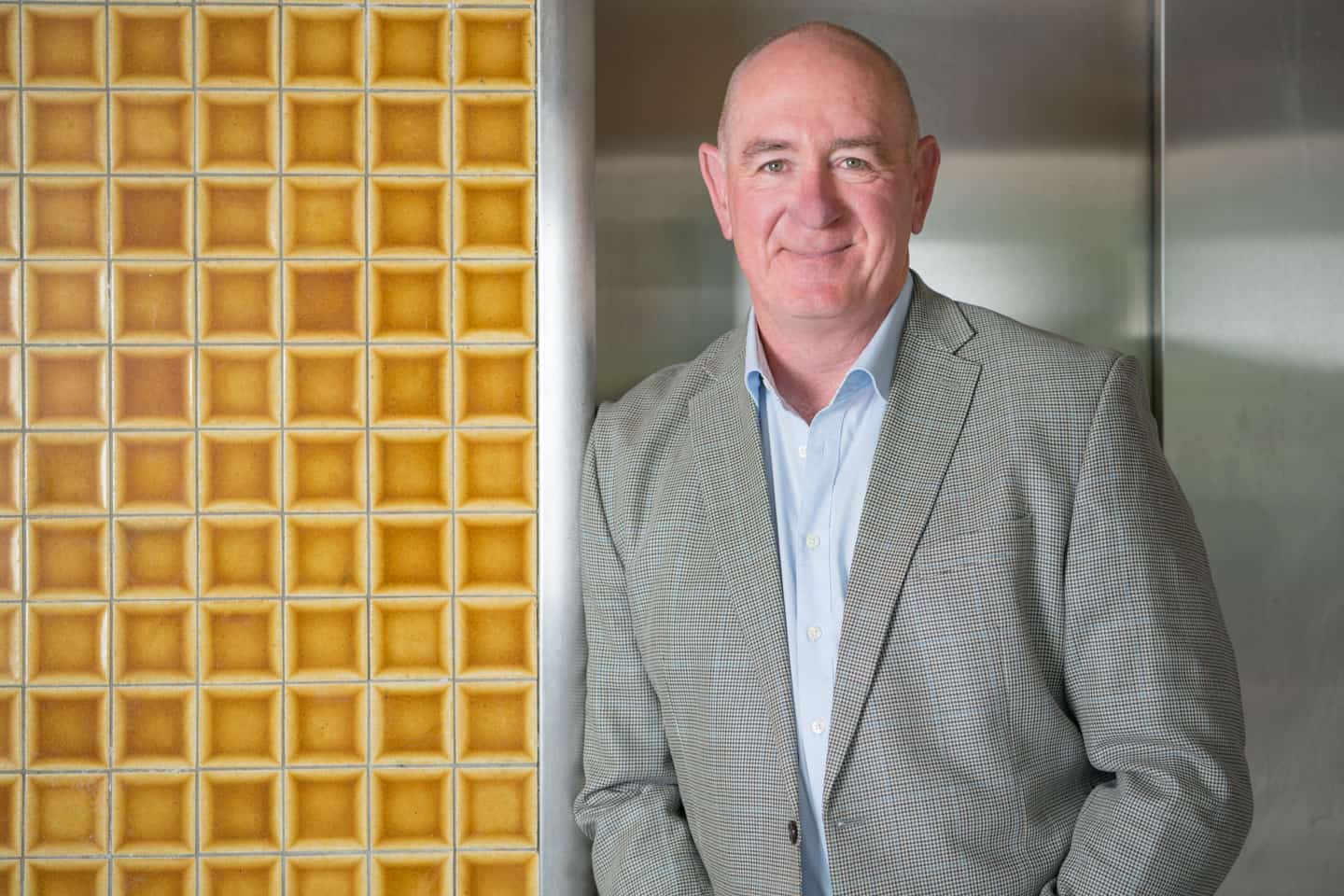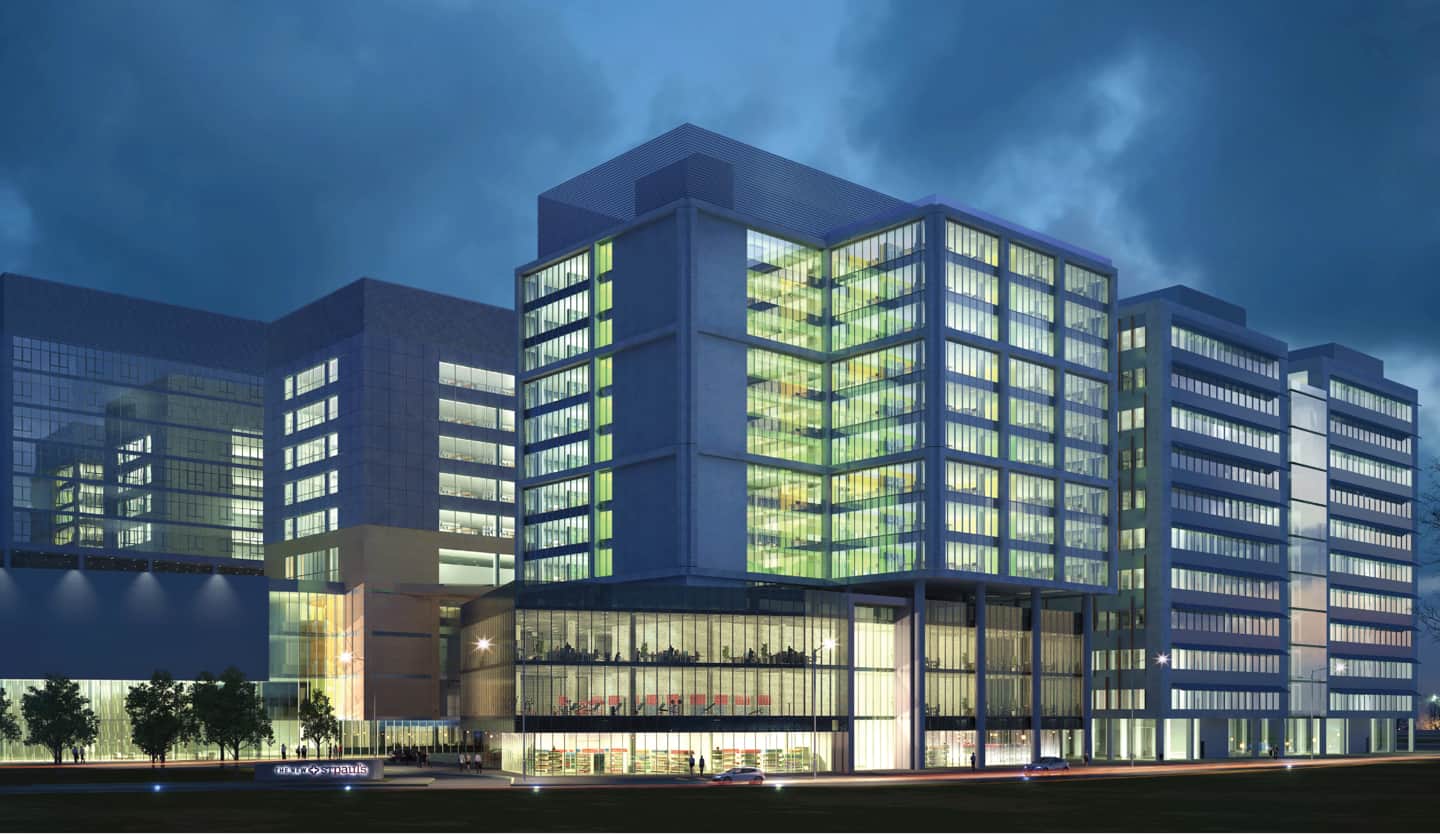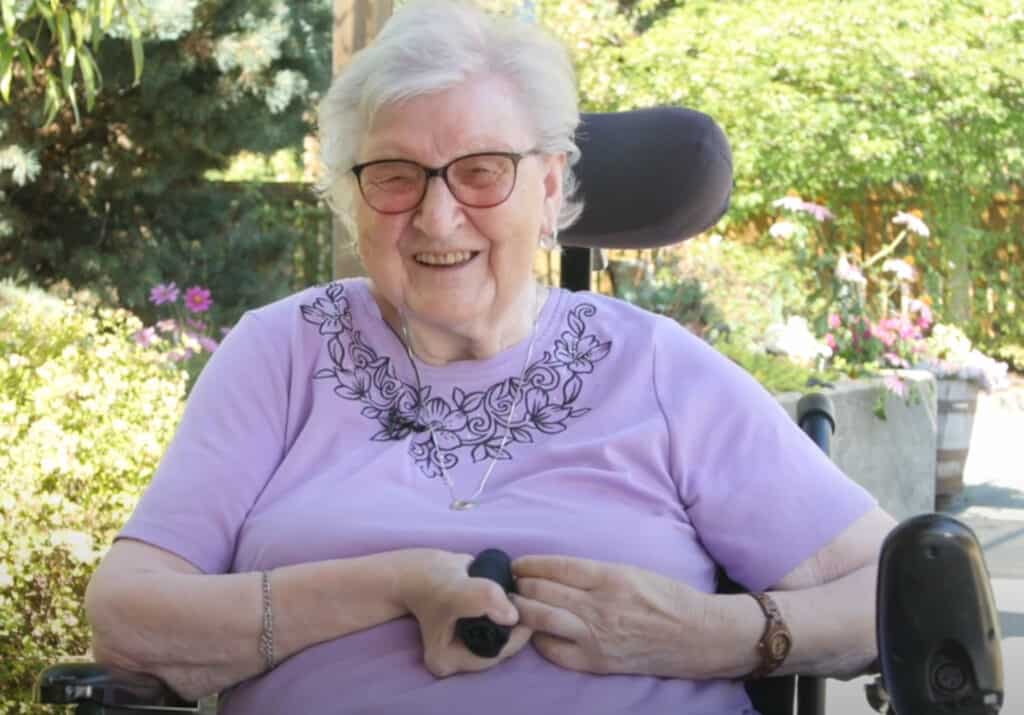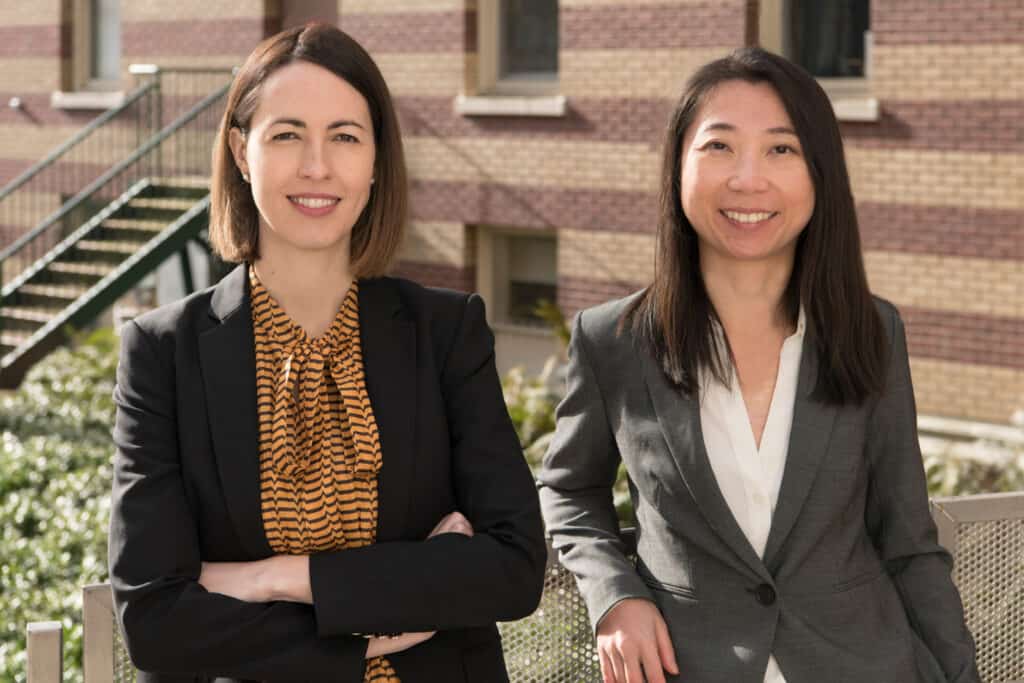Published Promise 2021
Right now, in a crumbling old building on Burrard Street, scientists at St. Paul’s Hospital are working to identify the genes associated with peanut allergy; cure sepsis (an infection that kills more people worldwide than cancer or heart disease); restore lung function in people with COPD; and develop ways to identify, treat, and prevent the effects of long COVID.
Imagine what our team will do in a multi-million-dollar research centre, that along with the core hospital, will be at the heart of the new St. Paul’s campus?
We call it the Clinical Support and Research Centre (CSRC). Dr. Darryl Knight calls it a “nexus” for transformational research. “There’s nothing else in Canada comparable to what we’re planning. If you’re involved in health care research in BC, this is the place to be.”
A centre for innovation
As leaders in health sciences, we know that thinking differently is the key to innovation. After all, this is the place where Dr. Julio Montaner developed the treatment to stop people from dying from HIV/AIDS; where Dr. John Webb pioneered TAVI, the minimally-invasive heart valve replacement procedure; where Dr. Don Sin, the top medical expert in COPD in North America, and second in the world, is saving and improving lives with his COPD research.
“As a researcher myself, I can tell you that the CSRC will be a game changer; It will be true lighthouse project,” Knight says. Knight is the VP of Research and Academic Affairs at Providence Health Care (PHC) and one of the CSRC’s most enthusiastic champions.
“We’re going to create an environment where ‘big bang’ ideas happen.” His enthusiasm is backed by the incredible scope and reach of the project. “This is going to result in improved health outcomes, better patient experiences, greater value for health dollars, more discoveries that have local relevance but with a global reach and impact, and the creation of spin-off companies and jobs. Plus, it will amp up our ability to attract and keep even more top talent.”
That vision starts with state-of-the-art core facilities for clinicians, researchers, and industry partners. Knight pictures a combination of generic lab space adaptable for any type of research, plus dedicated spaces outfitted with ultra specialized equipment. “Of course, we’re also planning a large specimen biobank, and a data centre,” he says.
As for what future discoveries might look like, Knight is definitely not shy to aim for the moon. “We’re keen to develop key infrastructure around nanotechnology, facilities to prototype innovations and devices, as well as 3D bioprinting,” he says. “This will be a hub for bioengineering, augmented and virtual reality, and simulation.”

A hub for collaboration
A big part of Knight’s vision hinges on creating spaces and opportunities to bring people together.
“Ultimately, our big goal is to draw researchers out of their labs and physicians out of their offices and help them collaborate with each other and external partners,” says Knight. “We’ll have multiple teams attacking problems, rather than individual programs working on things alone with their own resources.” Knight talks about “collision spaces” and “incubator sandboxes” that will further drive innovation and collaboration.
“Having all these minds together in the CSRC could massively magnify the value we generate,” says Knight. “We have an opportunity to create something really special that will maximize idea-sharing, flexibility, and nimbleness.”
Even the hospital and CSRC being physically connected by a skywalk is part of a very intentional strategy to break down silos and facilitate interactions between physicians, patients, researchers, fellows, students, and staff. This, too, will promote an environment rich with organic opportunities to share ideas, offer feedback, and get creative.
A beacon of compassion
Right now, PHCRI supports five major research centres, and a number of research programs, that collectively house more than 1,000 research staff and over 240 principal investigators – almost half of whom are also clinicians. This gives us a wide lens for our research and a unique fusion of innovation and compassion.
For example, because the CSRC is attached to the hospital, we’ll be able to collaborate with patients as true research partners. This will help fast-track discoveries from the CSRC, to patient bedsides, to communities across BC (and beyond). In turn, it will lead to entirely new pathways to care that address our increasingly-complex needs with flexible, innovative solutions.
The CSRC is our gateway to this transformative circle of research, discovery, and treatment, and to the next century of compassionate care.
Photography by Jeff Topham | Architectural rendering: IBI
The CSRC is currently in the planning stage. It’s an ambitious target that will require the collective effort of our leaders, scientists, and donors. Your gift today will help launch the medicines, treatments, and therapies of tomorrow. Give today at helpstpauls.com/csrc.



